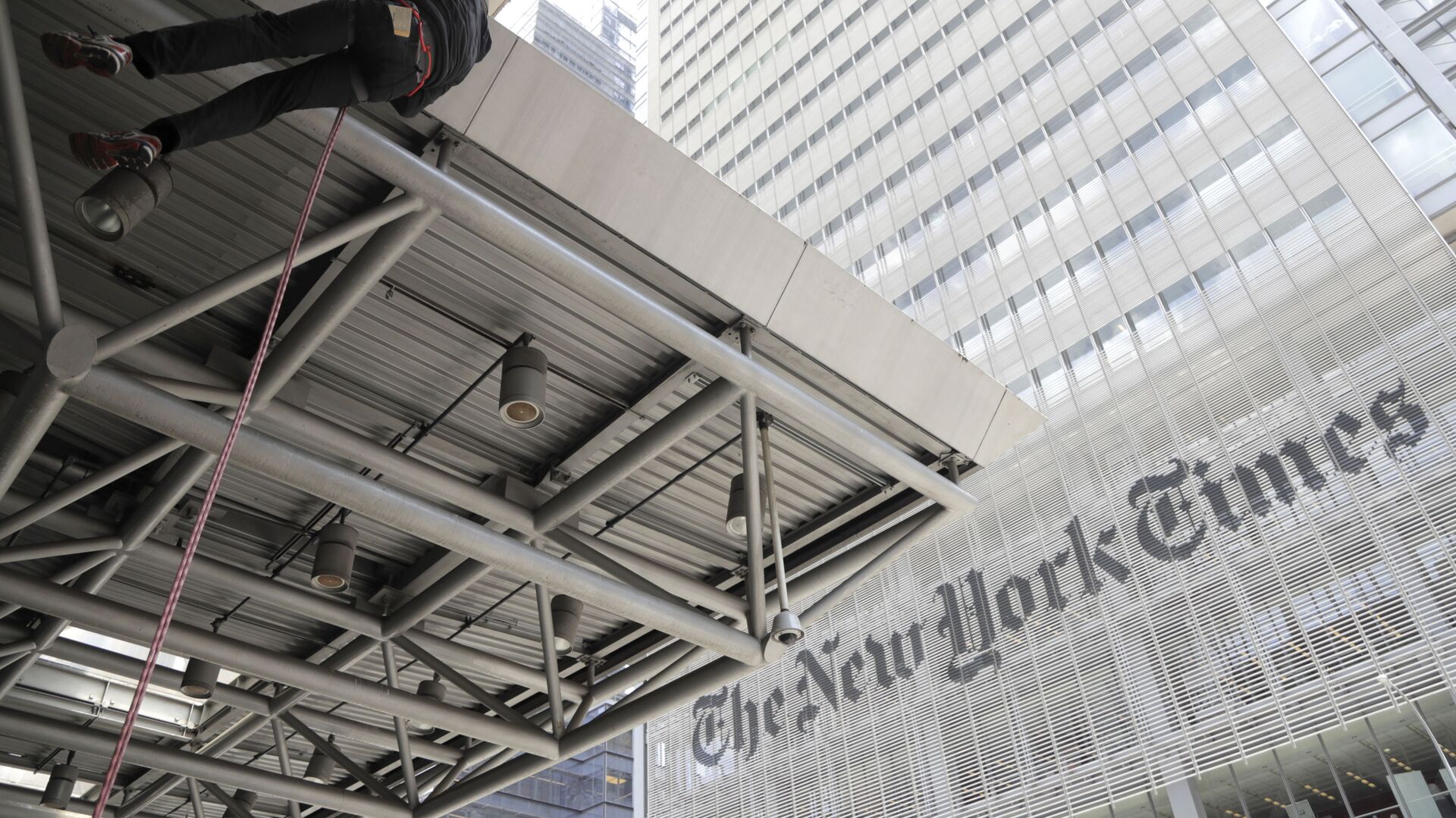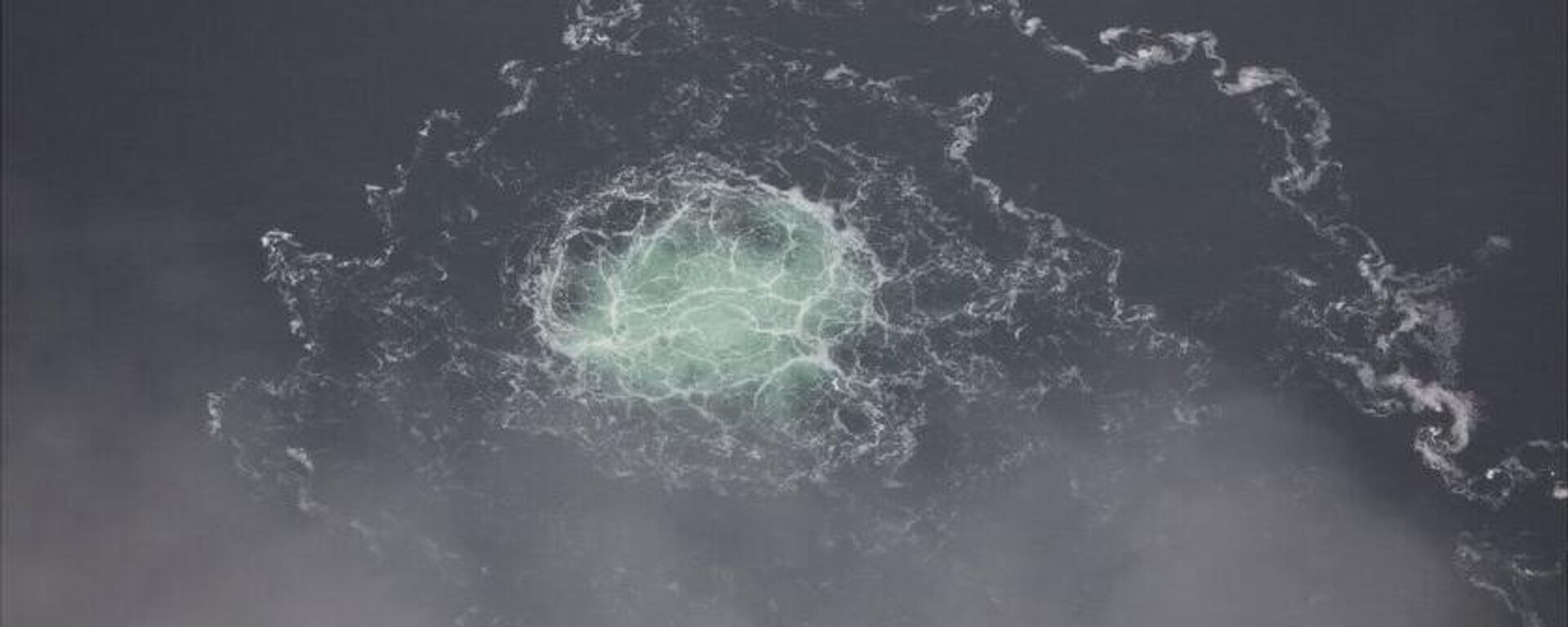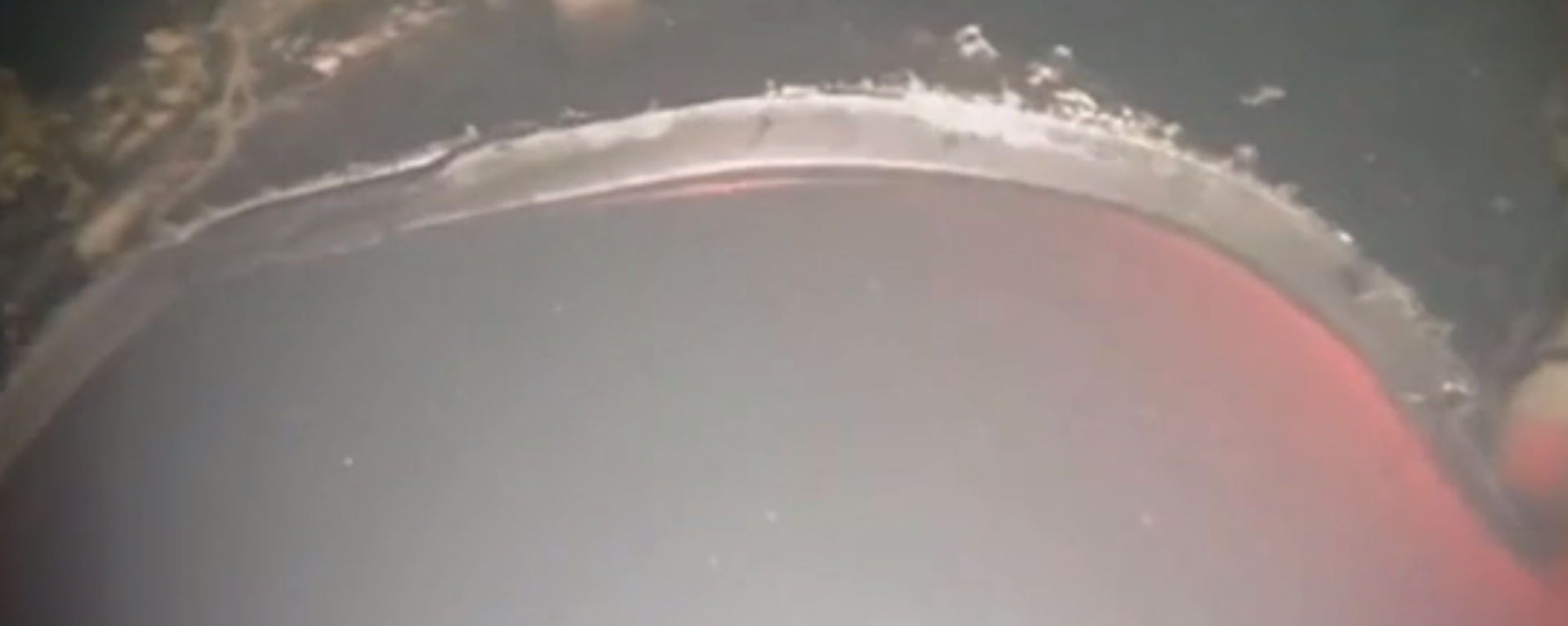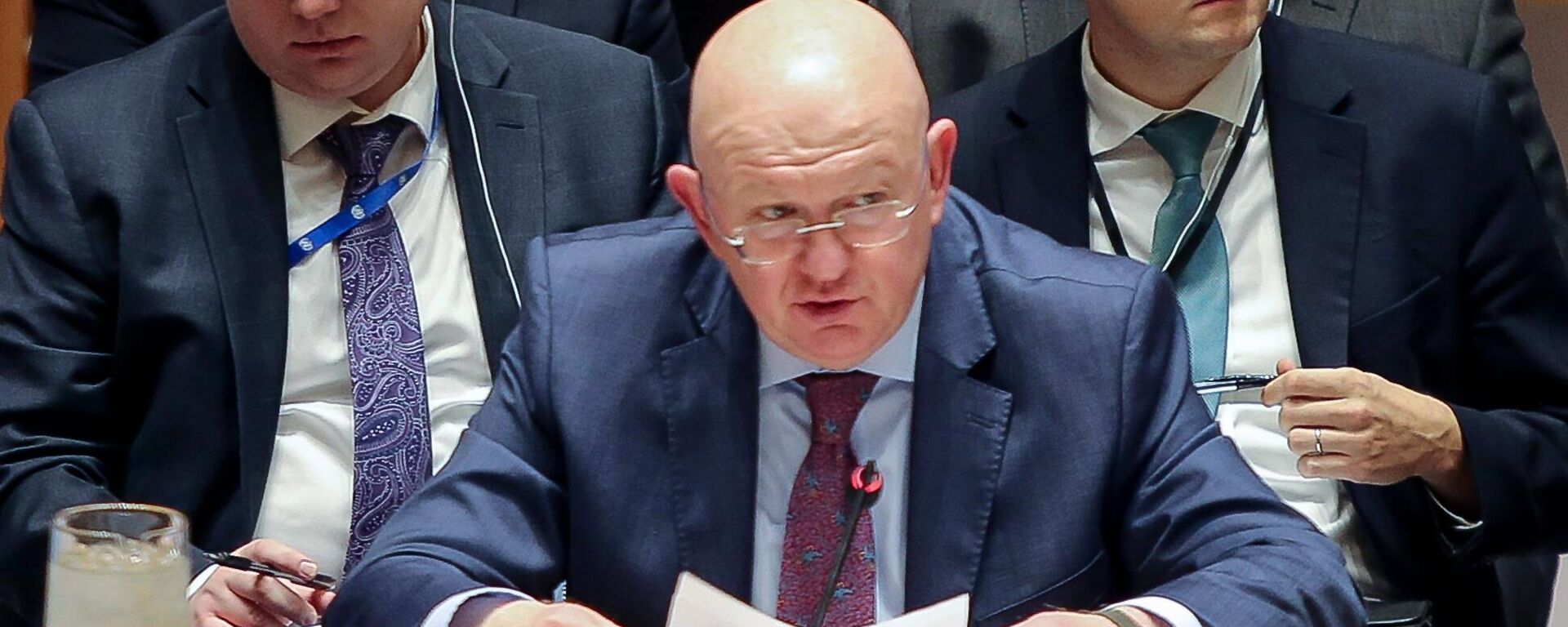‘Blackout’: Sy Hersh Says US, Germany Coordinated NYT ‘False Cover Story’ for Nord Stream Bombing

© AP Photo / Julio Cortez
Subscribe
On September 26, 2022, a massive explosion ripped through the Nord Stream 1 and 2 pipelines on the Baltic seabed, severing a major natural gas connection and releasing colossal amounts of methane. The US had long objected to the line, which runs from Russia to Germany, urging Europe to buy more expensive US gas instead.
A new report by investigative journalist Seymour Hersh lays blame at the feet of US and German intelligence for a New York Times article claiming it was Ukrainian terrorists, not US Navy divers, who bombed the Nord Stream pipeline last September. Hersh said it was part of a coordinated “blackout” of his expose of Washington’s role in the attack.
“There is no evidence that any reporter assigned there has yet to ask the White House press secretary whether Biden had done what any serious leader would do: formally “task” the American intelligence community to conduct a deep investigation, with all of its assets, and find out just who had done the deed in the Baltic Sea,” Hersh wrote on Wednesday.
“According to a source within the intelligence community, the president has not done so, nor will he,” the journalist asserted. “Why not? Because he knows the answer.”
Hersh pointed to a curious meeting in Washington earlier this month between Biden and German Chancellor Olaf Scholz in which both media and aides were almost totally absent.
“There have been no statements or written understandings made public since then by either government, but I was told by someone with access to diplomatic intelligence that there was a discussion of the pipeline exposé and, as a result, certain elements in the Central Intelligence Agency were asked to prepare a cover story in collaboration with German intelligence that would provide the American and German press with an alternative version for the destruction of Nord Stream 2,” Hersh wrote.
“In the words of the intelligence community, the agency was ‘to pulse the system’ in an effort to discount the claim that Biden had ordered the pipelines’ destruction,” he explained.
Indeed, The New York Times, which was one of two newspapers that ran the story, has admitted in the past to letting the CIA proofread certain stories before publishing them.
Along with the NYT, which published an article on March 7 claiming “a pro-Ukrainian group” might have been behind the pipeline explosion, the German weekly Der Zeit published a companion piece that same day claiming German investigative officials had found a luxury yacht chartered by a group of Ukrainians under false pretenses in the area of the explosions just a few weeks before they occurred.
Both reports were largely absent on precise facts, heavy on anonymous sourcing, and admitted that, as the Times put it, “there was much they did not know.” Hersh’s February expose on the pipeline bombing was derided by critics for using anonymous sources, who claimed it undermined the integrity of Hersh’s audacious claims.
In fact, the Der Zeit story even noted the belief among some “in international security services” that the yacht story “was a false flag operation.”
“Indeed it was,” Hersh wrote in reply.
He quoted a source within the American intelligence community as telling him: “It was a total fabrication by American intelligence that was passed along to the Germans, and aimed at discrediting your story.”
To further make his point about just how little the journalists behind the two papers’ exposes really knew about their supposed bombshell reports, Hersh quoted a NYT podcast interview with story co-author Julian Barnes from a few days after its publication in which Barnes admits their primary method for establishing the facts of the article was “asking exactly the right questions” of US intelligence officials.
“All those states that we just went through, did Russia do it? Did the Ukraine state do it? And that was just hitting dead end after dead end. We weren’t finding officials who were telling us that there was credible evidence pointing at a government,” Barnes told the podcast. “So my colleagues Adam Entous, Adam Goldman, and I started asking a different question. Could this have been done by non-state actors?”
“Well, we started asking, who might these saboteurs be? Or if we couldn’t answer that, who might they be aligned with? Could they be pro-Russian saboteurs? Could they be other saboteurs? And the more we talk to officials who had access to intelligence, the more we saw this theory gaining traction.”
Hersh finished his article by faulting the NYT journalists for using their trade to protect Biden from the ugly ramifications of the sabotage order he personally signed.
Hersh has been a journalist for more than 50 years, winning a Pulitzer Prize in 1970 for his work in exposing the My Lai massacre of Vietnamese civilians by US troops and its subsequent coverup. He later exposed the US' secret bombing campaign in Cambodia in the 1970s, US torture of detainees at the Abu Ghraib prison in Iraq, and the false attribution of a chemical weapons attack in Ghouta, Syria, to the Syrian government instead of to a group of US-backed Islamist rebels.




